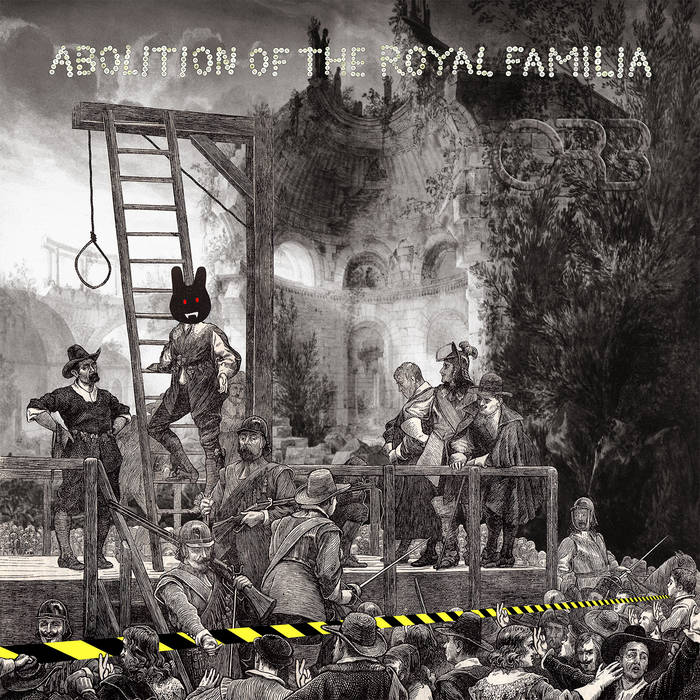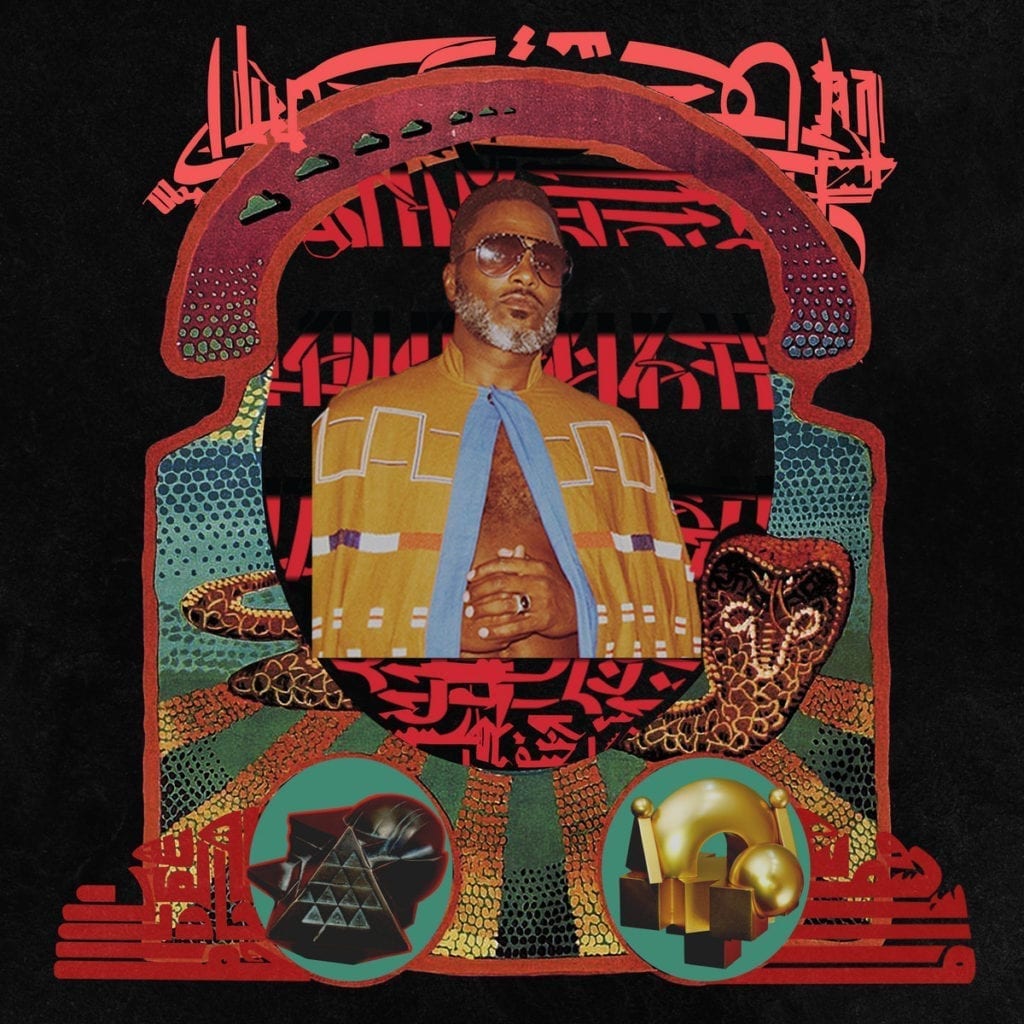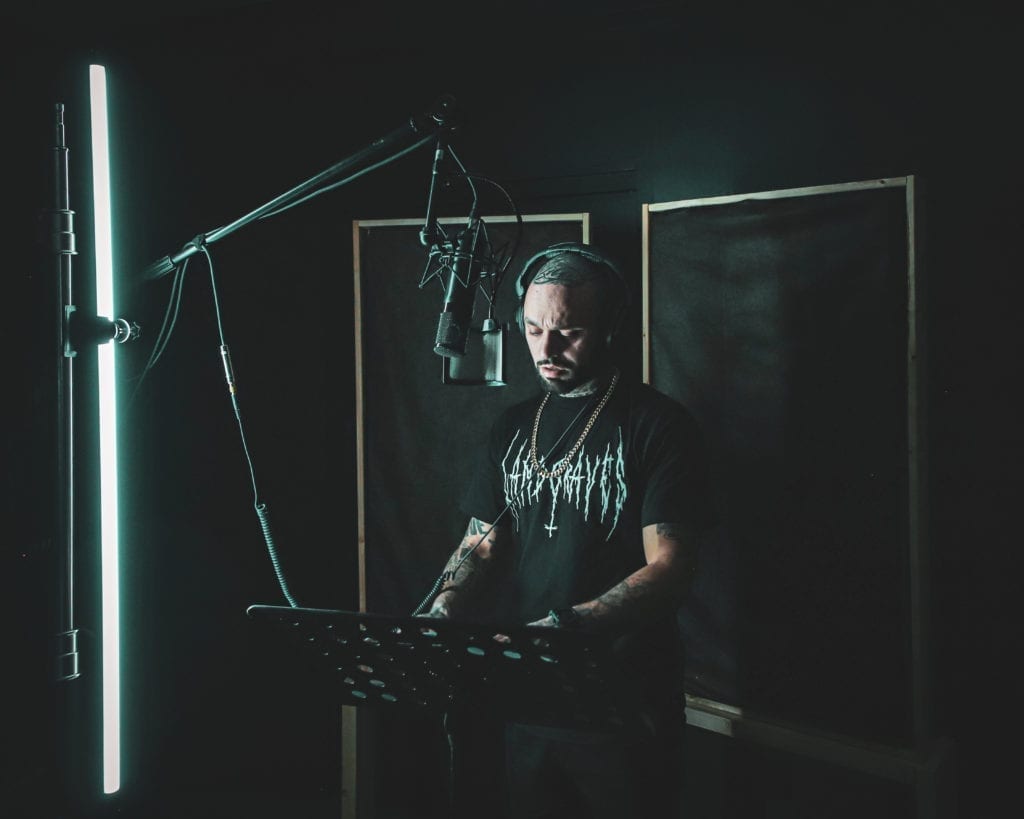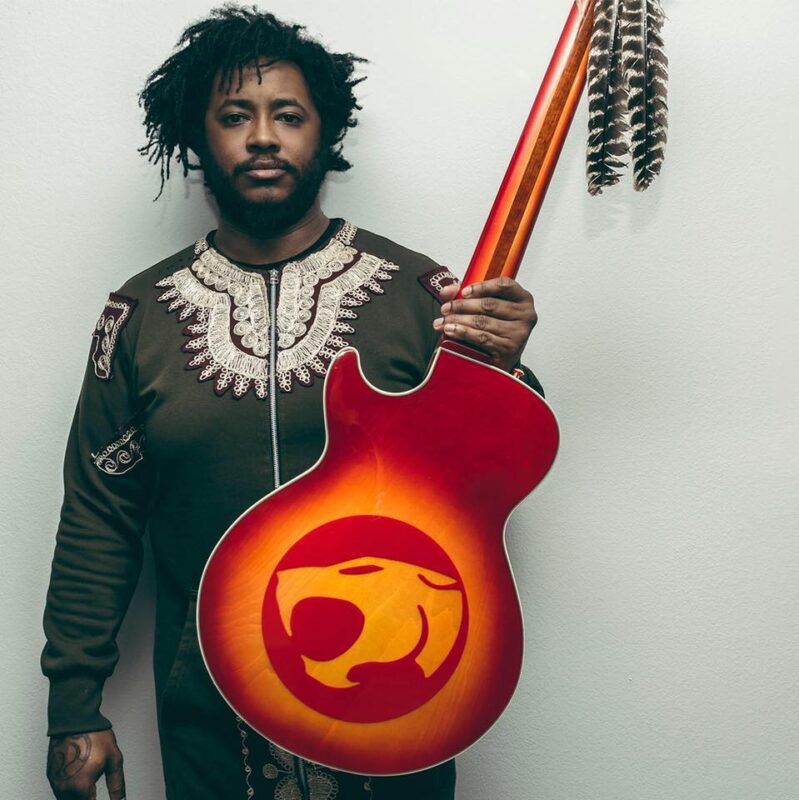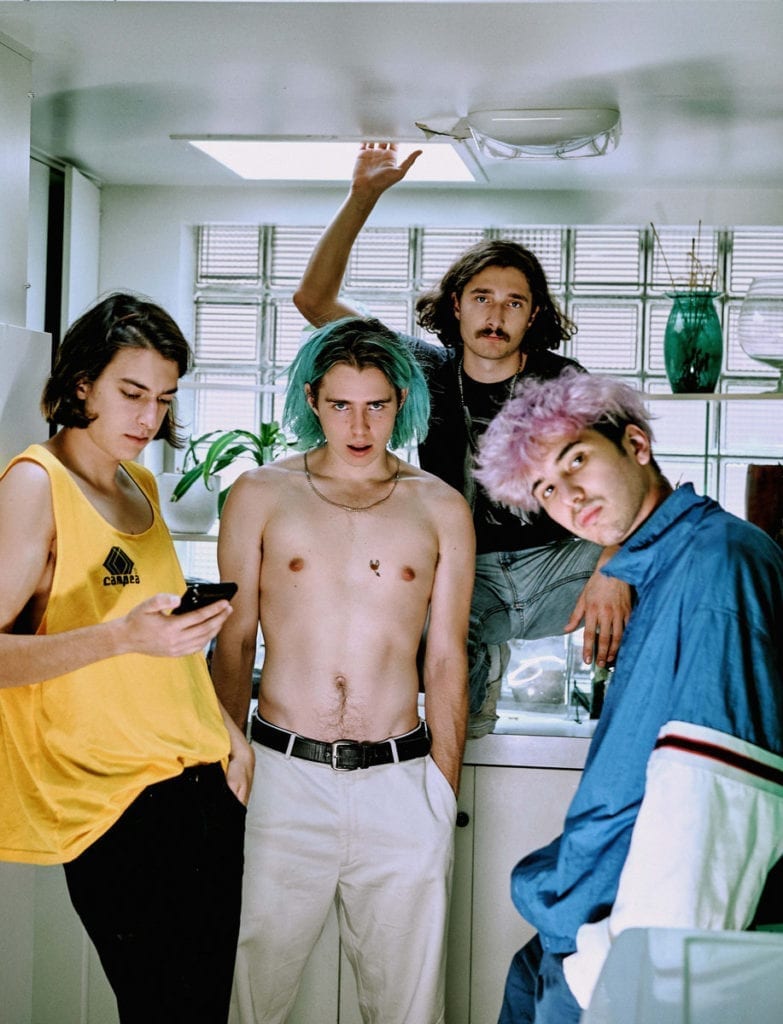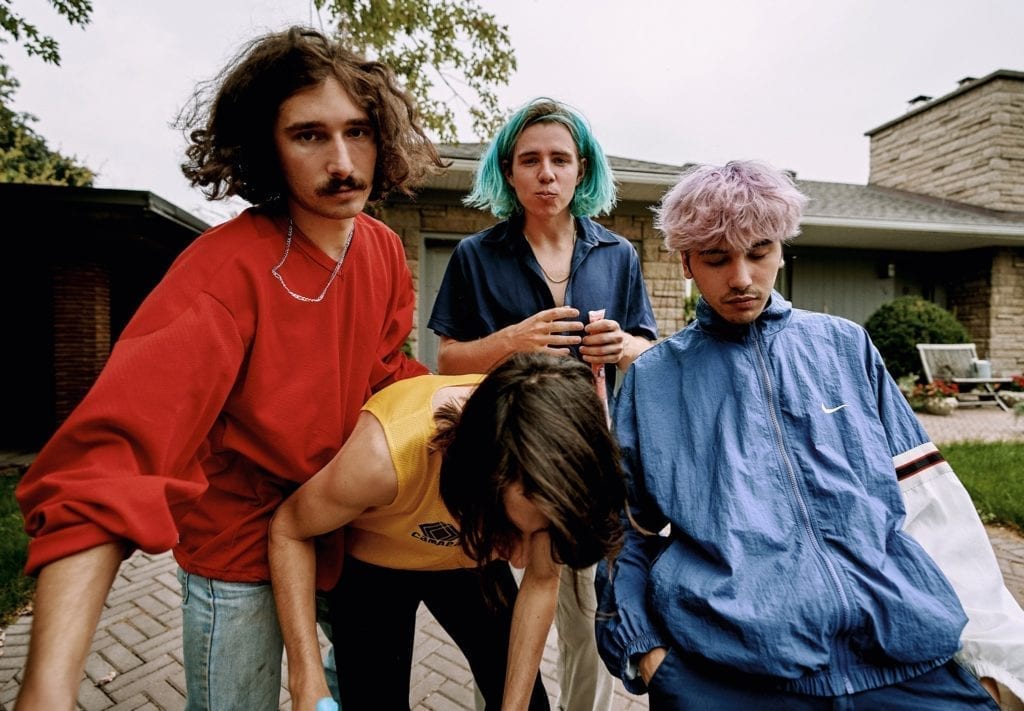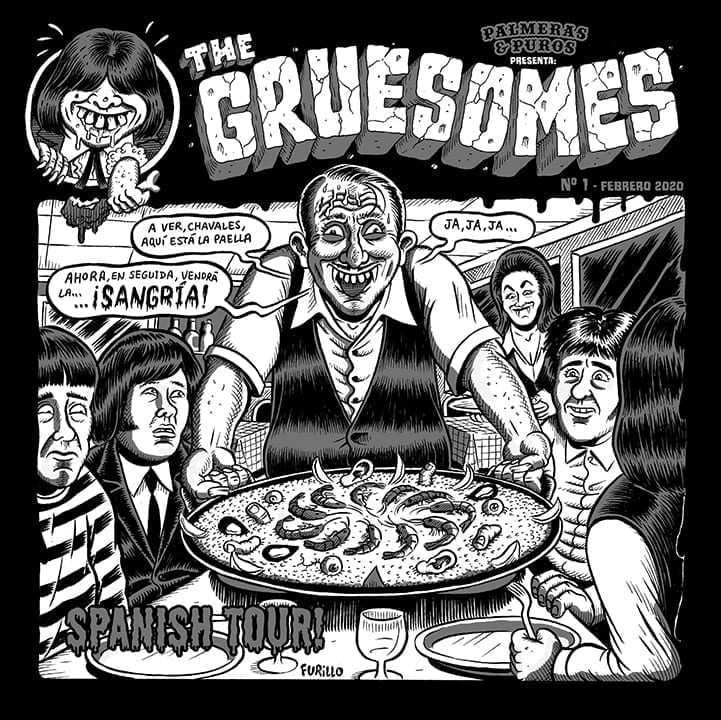Photo credit: Valtteri Hirvonen
PAN M 360: Tuomas, how are you?
Tuomas Saukkonen: Complicated time! It changes every hour. The whole world is getting kind of fucked up at the moment. It’s weird.
PAN M 360: You were about to start the Devastation of the Nation Tour when all concerts were shut down. What are the consequences for the band?
Tuomas Saukkonen: Yes, it was quite a big thing for us. We had all the visas supplied and paid, the bus was booked, we had 500 t-shirts for the tour, lots of rehearsals. Everybody set their schedules, took holidays from work, so it was a huge thing. But I think it’s easier to process because everybody is in the same situation. I would be so much more bumped if only our tour got cancelled and everybody else would be touring. The whole world is shut down, so it’s easier to understand. At the same time, we kind of got lucky because the tour was cancelled four days before our flights. So it was easier to do the damage control at home in Finland than coming to North America, play one or two shows, then getting everything cancelled and try to figure out what to do next and how to get home. It could have been so much worse!
PAN M 360: Lucky us, we already know when the tour is coming back. The Montreal concert will be February 24, 2021.
Tuomas Saukkonen: Yeah, that’s also what is very cool about our agency and management. I think that tour was the only one that was instantly rebooked with all the same bands, basically the same thing but ten months later. So we still have something to look forward to.

PAN M 360: You just announced that your session guitarist Vagelis Karzis (ex-Rotting Christ) is now a full-time member. When did you make that decision?
Tuomas Saukkonen: We made it last September. He played a six-week summer tour with us, it was a good test to see if it could work. Like two or three gigs wouldn’t say anything, a set of rehearsals wouldn’t say anything, but when you are stuck with the person for six weeks in a bus, you will know if you want to continue with this person or not! It was a really good test. Vagelis is an amazing guy, an amazing guitar player, and we already confirmed with him some time ago, but we wanted to wait for the album promo to make it public.
PAN M 360: Vagelis left Rotting Christ to play with Wolfheart.
Tuomas Saukkonen: Probably there wouldn’t be any issues at all, I know the guys from Rotting Christ also, but since the tour would have been with Rotting Christ, I don’t know if there would have been any tensions between bands? Probably not. Vagelis played for seven years with Rotting Christ, then he joined us. I’m not aware exactly what they thought about that.
PAN M 360: Why did you choose to talk about the Winter War on Wolves of Karelia?
Tuomas Saukkonen: There are probably two reasons why this album is about that war and that area of Finland. On the album Constellation of the Black Light (2018), we played about 140 gigs in ten months, so I was constantly travelling. We did two American tours, two European tours, South America, Asia, we were even in Dubai. We were in so many different countries and places, and what I know is the more you travel and more you are away from home, you see your home and your home country differently. Because of that, I started thinking more and more of my own childhood and the area where I was born and spent my childhood and the Karelian area, the small village where I was born and where my father’s family still lives. And also, it was when I started writing the lyrics for the album it was near the Independance Day of Findland. So, it was quite big in all the media in Findland and I kind of summed it up. For a Finnish person, the whole Winter War is very inspiring. It’s not that far in the history and it’s very present in the media around the Independance Day. I was listening to interviews of the veterans on the radio, I was reading all the veterans stories, and the lyrics are based on those stories. At least for a Finnish person it’s very inspiring.
PAN M 360: It’s important to share that history to the younger generation of metalheads! Even if it’s in the past, it’s still relevant.
Tuomas Saukkonen: Yes. The best way to learn how to deal with the future better is to learn about history. See the mistakes the people already made, see how they solve the issues. The most remarkable thing about the Winter War was how outnumbered the Finnish army was, and still able to stop the invasion. We didn’t basically win the war, but we did stop the Russians and they were unable to invade Finland. That became a big part of this whole mentality and attitude in Finland. There is a word – sisu – which means courage, tenacity of purpose, that underlines this mentality that I think at least our generation is losing. So, going back to the history is a really good reminder of what our grandparents and their parents had to go through, so people would not be complaining nowadays about smaller issues… be less whiny because it could be a lot worse. The sacrifices that we do could be a lot bigger. Now if you have a bad Internet connection or the store don’t have your favourite candy bar or soda, your whole day is completely ruined! You have a different perspective when you read about a family who had to burn their whole farm so that the Russians can’t use it as a base, or you’re just sitting in the snow for weeks when it was -40ºC outside with no actual army equipment. This story was told to me by an American reporter. It’s very inspiring to hear about other people also knowing facts about this war.
PAN M 360: What comes first when you compose: music or lyrics?
Tuomas Saukkonen: Music always comes first. Technically, I could write the lyrics before the music, but there are no connections and it just feels ridiculous to me. I always need to hear the song pretty much ready. So, most of the time, I write the lyrics in the studio. I never have anything written down before the songs are recorded. The way I write the lyrics is when I get the song ready, I always get this kind of still image in my head. Like a movie poster. I think it would be the best way to explain. It’s like a movie scene, and then I write the lyrics of the image.
PAN M 360: It must be stressful.
Tuomas Saukkonen: Not really, because I know exactly this scene that I’m writing about. The image is really clear, so I don’t need to think about what I’m writing. I’m just deciding the best wording and rythm. I really know the story that I want to tell. It’s basically just a technical thing when it comes to writing. Finding the best rhymes and the words and the phrases, but I don’t need to think at all what I’m writing about. I think that’s usually the biggest writer’s block, to not be able to come up with the ideas to write about. It’s more stressful for other members of the band. For example, our bass player Lauri Silvonen, who does backing vocals. He would like to rehearse the vocals and get prepared. It’s more stressful for him because, when he comes to the studio, I have nothing ready and I write everything on the spot, and he has to sing everything as a completely new thing for him. I’ve done more than 20 albums this way, so it’s not stressful at all for me.
PAN M 360: You are the main composer in the band, but are you open to suggestions from your bandmates?
Tuomas Saukkonen: Yes, I always ask about their ideas. I’m always open for any kind of new ideas. I also ask the opinions of my sound engineer and the guy that does the mixing. I think that it would be a wrong way to just decide that your way is the only way. When you keep your ears open for other ideas it makes the final result better. The only way you can learn about becoming a better or more versatile songwriter is to listen to the other opinions, otherwise you’ll be just stuck in your own head and stuck in your own vision, and not be able to open any new doors when it comes to being creative.
PAN M 360: You direct all the music videos for Wolfheart. Why?
Tuomas Saukkonen: I really, really enjoy making music. When I was a child, I was watching a lot of stuff like Headbangers Ball, and I was finding so many bands through music videos. I didn’t listen to radio, I wasn’t reading music magazines that much. To me, it’s very important to have that visual thing to support the music. I have done all the music videos with the same camera guy, and I think it’s the coolest thing ever. I get to burn a lot of stuff in the music-video shoots, I get to travel to cool places like with the previous album, Constellation of the Black Light. We went to Iceland for five days. Just running around with the car in Iceland, finding cool spots to shoot the music video. It’s a really inspiring and interesting creative outlet for me. I’ve done some music videos for other bands. I would like to do more videos but there’s only 24 hours in the day, so I need to focus on my band first.
PAN M 360: You made videos for which bands?
Tuomas Saukkonen: Ensiferum. I did the music video for the song “Way of the Warrior”, from the album Two Paths. The other videos I made were for the bands of friends of mine. Ensiferum is probably the biggest band that I’ve made a video for.
PAN M 360: Since the Devastation of the Nation tour is not happening this year, what are the next projects for the band?
Tuomas Saukkonen: That is an interesting question. Nobody really knows what’s going to happen, with the touring industry and the whole world. The next tour we have booked is the European tour in September and October. We are probably going to lose most of the festivals or even all of them. So it look like there’s gonna be a half a year of nothing when it comes to playing live. We need to find an interesting or creative way to keep the connection with the fans, using the tools of the Internet and social media.







